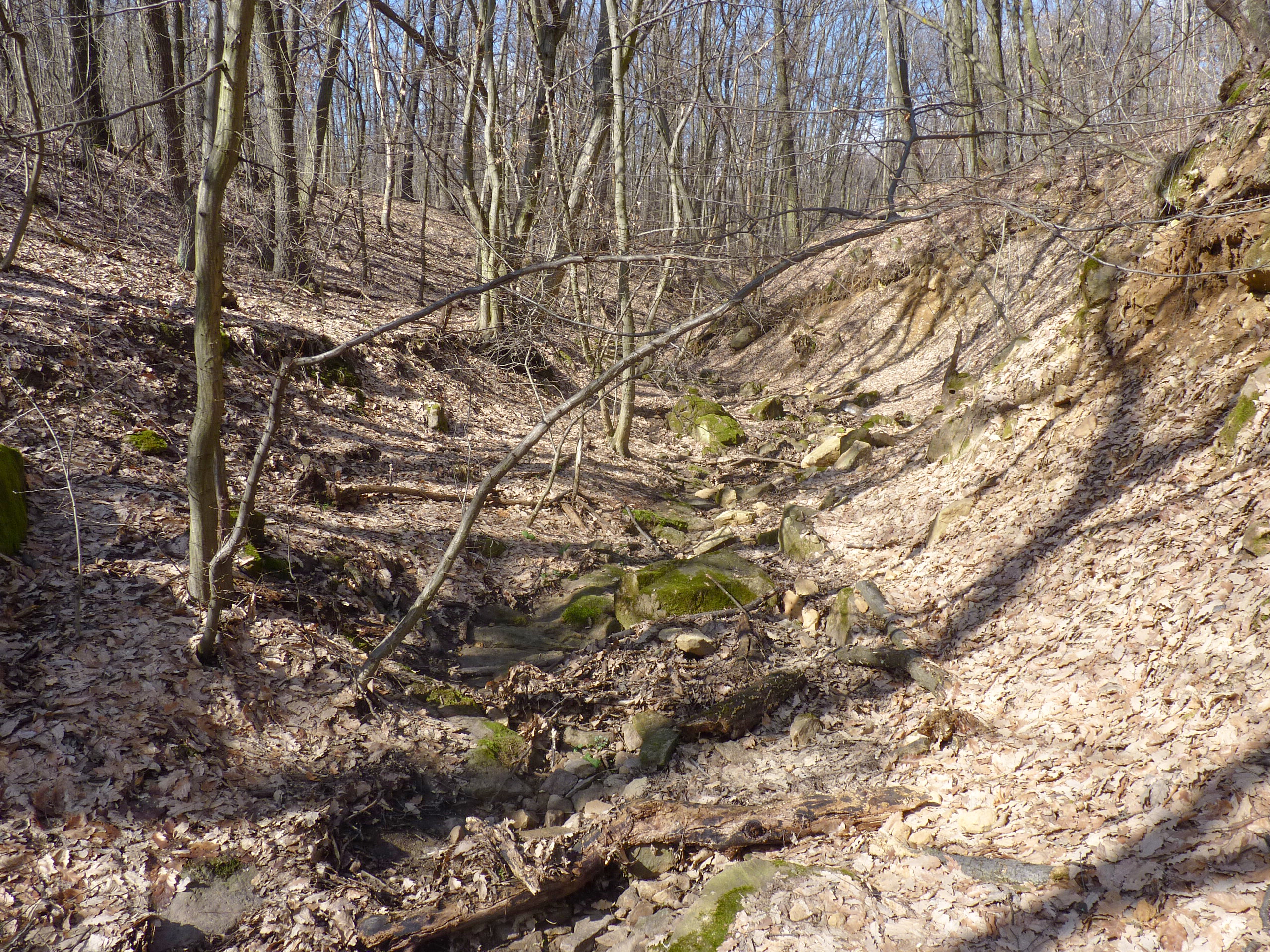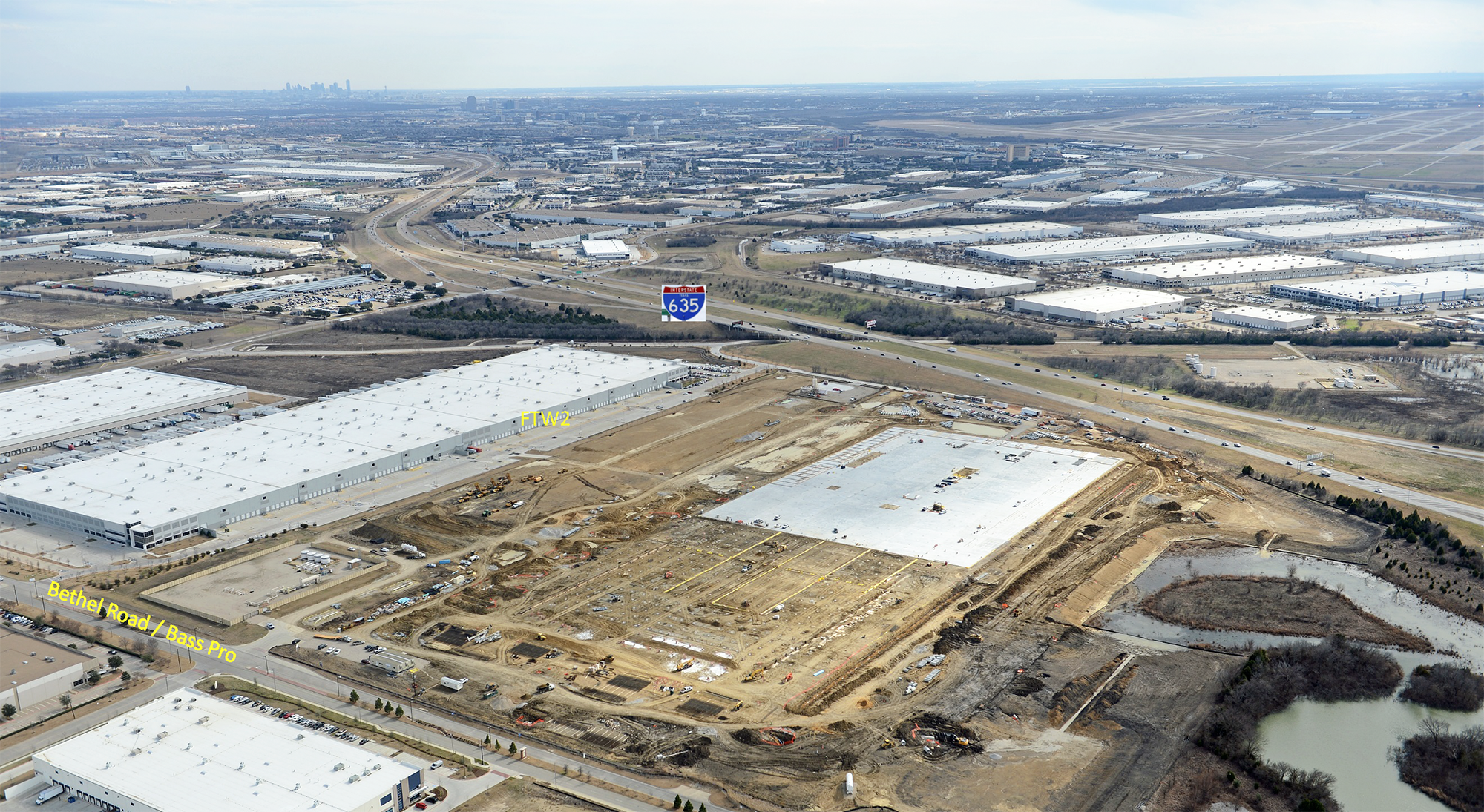Waters of the U.S. Definition Change May Create New Opportunities for Developers
Halff published a bulletin in the spring of 2020 about the EPA and Department of the Army issuance of the final rule defining waters of the United States regulated under Section 404 of the Clean Water Act. Becoming effective on June 22, 2020, the rule sought to clarify the definition of waters of the United States by redefining categories of regulated and non-regulated waters.
Of interest to developers is the potential reduction in the breadth of jurisdiction under Section 404 to certain aquatic features. Now several months past the effective date, Halff has digested the new rule, engaged with the U.S. Army Corps of Engineers (USACE) and shared our case experience.
Perhaps the most substantial change is that ephemeral streams (typically dry streams that flow only following rain events) are no longer classified under the definition as water of the United States. Many man-made ditches are also categorically excluded under the new rule. Features such as adjacent wetlands are still included as a water of the United States category subject to jurisdiction. However, the geographic scope of what is considered “adjacent” may be greatly reduced for certain sites. No longer is “within the 100-year floodplain” a sole-basis criterion sufficient for establishing jurisdiction. A more demonstrative association with overbank flooding is required.
An ephemeral stream such as this flows only briefly during and following a period of rainfall in the immediate locality.
Halff has successfully tested multiple applications of the new rule in the USACE Fort Worth District to date, specifically as they pertain to ephemeral streams. Two separate projects that would have required notification to, and written verification from, USACE prior to construction were instead documented under “no permit required” actions with USACE. This determination also absolved the potential applicant of costly compensatory mitigation.
While the more informal and expedient “no permit required” approach has proven to be sufficient for the Fort Worth District, other USACE districts may require an Approved Jurisdictional Determination, which is a more formal evaluation and decision. Nonetheless, some developers now see potential opportunity in old sites once considered too constrained by the presence of an ephemeral stream network or fringe floodplain.
Features such as adjacent wetlands are still included as a water of the United States category subject to jurisdiction.
Reduced permitting effort on the back end does come with potentially more effort on the front end. Waters of the United States delineation studies may require additional effort to document ephemeral stream conditions (e.g., multiple site visits) or non-adjacency (e.g., floodplain models). Furthermore, many categories of waters of the United States such as perennial and intermittent streams, wetlands in major floodplains and certain on-channel impoundments will be unaffected by the rule. Many sites will remain constrained by the presence of these aquatic features.
Even with the perceived reduction in scope of waters of the United States, Halff’s focus remains to use its proven interdisciplinary approach, which promotes and creates sustainable designs that balance the relationship between the built and natural environment. Fringe floodplains, ephemeral streams and their forested corridors still provide a host of physical benefits such as capturing and attenuating surface runoff, as well as providing nesting, cover and travel corridors for wildlife. Halff will continue to work with clients to promote wise stewardship of the land to the extent practicable.
ABOUT HALFF
Halff is an award-winning Texas-based, employee-owned, diverse and full-service professional services firm. For 70 years, Halff has provided innovative solutions for clients in Texas and throughout the United States, offering full-service planning, engineering, architecture, landscape architecture, environmental, oil and gas, right of way, visualization and surveying services. Halff has 25 offices in Texas, Arkansas, Oklahoma, Louisiana and Florida. The firm is ranked No. 106 by Engineering News-Record.




